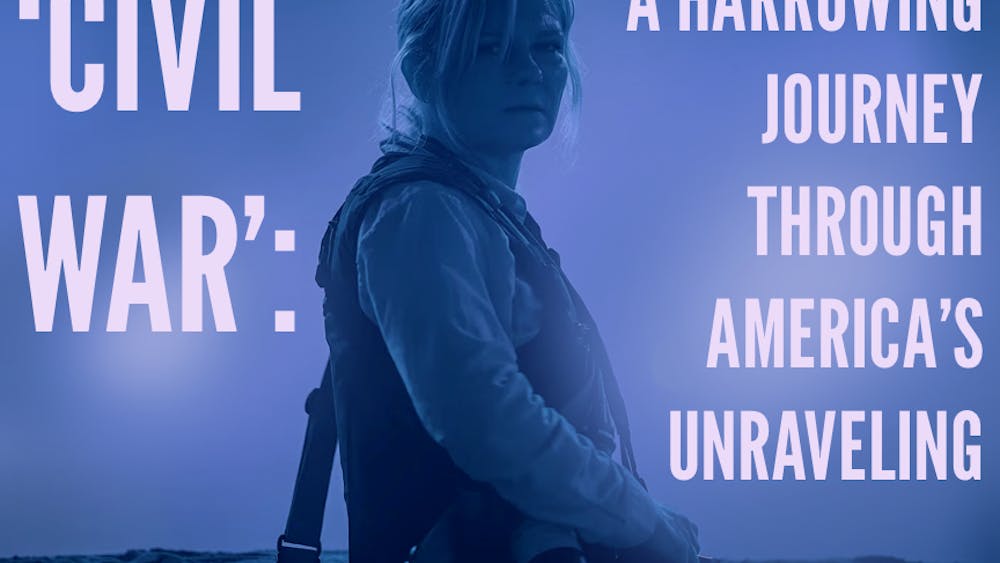I consider myself a selfie connoisseur. What is a selfie, you may ask? Well, I am glad you inquired. A selfie is a picture one takes of oneself. I discovered the art of the selfie in my semester abroad in Europe, and I have been addicted ever since. This is partially due to the fact that there is no one I would rather take a picture of than myself. But when conducted in the right hands, the selfie has its own artistic merits.

In fact, the selfie has caught on in the mainstream. Several weeks ago, The New York Times featured a selfie on its front page of a female member of the armed forces deployed in the Middle East. The Times described the photo as a "self-portrait" (semantics), but they weren't fooling me - I know a selfie when I see one. And if a selfie is good enough for the front page of The New York Times, it certainly is good enough for me.
Through the blood, sweat and tears of countless selfies I have taken in the past year and a half, I believe I have perfected the technique to take a flawless selfie. Follow these tips, and you too will have mastered the art of the selfie.
Put on a duck face and throw up the deuces
This should be obvious.
Turn that iPhone around
For those of you attempting the perfect selfie with an iPhone, you hopefully have discovered the fact there is a camera on both sides of your phone. Ostensibly, this would create the perfect means for taking a selfie. Not only can you perfectly position the camera, but you can also see the selfie you are going to take before you capture the picture.

But hold your horses and take those metaphorical training wheels off. Knowing what the selfie looks like before you take the picture totally defeats the purpose of the image. Selfies are about living in the moment and taking a chance the picture you are going to take will turn out horrendous. There is no challenge in utilizing the reverse camera mode on your iPhone, and that's half the fun in taking a selfie. Ideally, this camera setting should be used more like a mirror - checking if your hair is OK, if you have any zits or if there are food in your teeth.
Instead, turn that iPhone around to the regular camera setting. Not only do you get a better resolution and you can use the flash, but you will also challenge yourself personally to hone your selfie-taking skills.
Angles are a girl's best friend
This maxim actually applies to all photo-taking in general, but the angle at which you capture a selfie is truly critical in how the picture comes out. I've found that aiming the camera above you and capturing yourself (and anything around you) at a downward angle is the most effective method for taking a selfie, allowing for maximum irony and a higher profile of any duck-face you may attempt to make. Aiming from above also eliminates the chance of you accidentally having any double chins in the photo.
Shooting from a higher angle, combined with holding the camera as far away from you as possible, can also allow you to capture the maximum amount of people in the background. I believe my personal record for fitting friends into a selfie is a dozen friends. And as you probably know, nothing says true friendship like squeezing as many of your buddies as possible into a selfie.
Background is critical
Yes, taking a selfie means you are the center of attention in the photo you just took. Would you want it any other way? Of course not. But a selfie becomes extra-special when you can include something unique in the background. I have taken selfies with the "Mona Lisa," people sleeping in the library, the Colosseum in Rome, HodaKotb and Kathie Lee Griffith from "The Today Show" and at the BCS National Championship game, to name a few. All of these selfies are exceptional and unique. Taking selfies is sort of like having kids : you love each of them in their own way, because each is special in their own way.
So, go out ther, and take some selfies!
The views expressed in this column are those of the author and not necessarily those of The Observer.
Contact Sam Stryker at sstryke1@nd.edu












